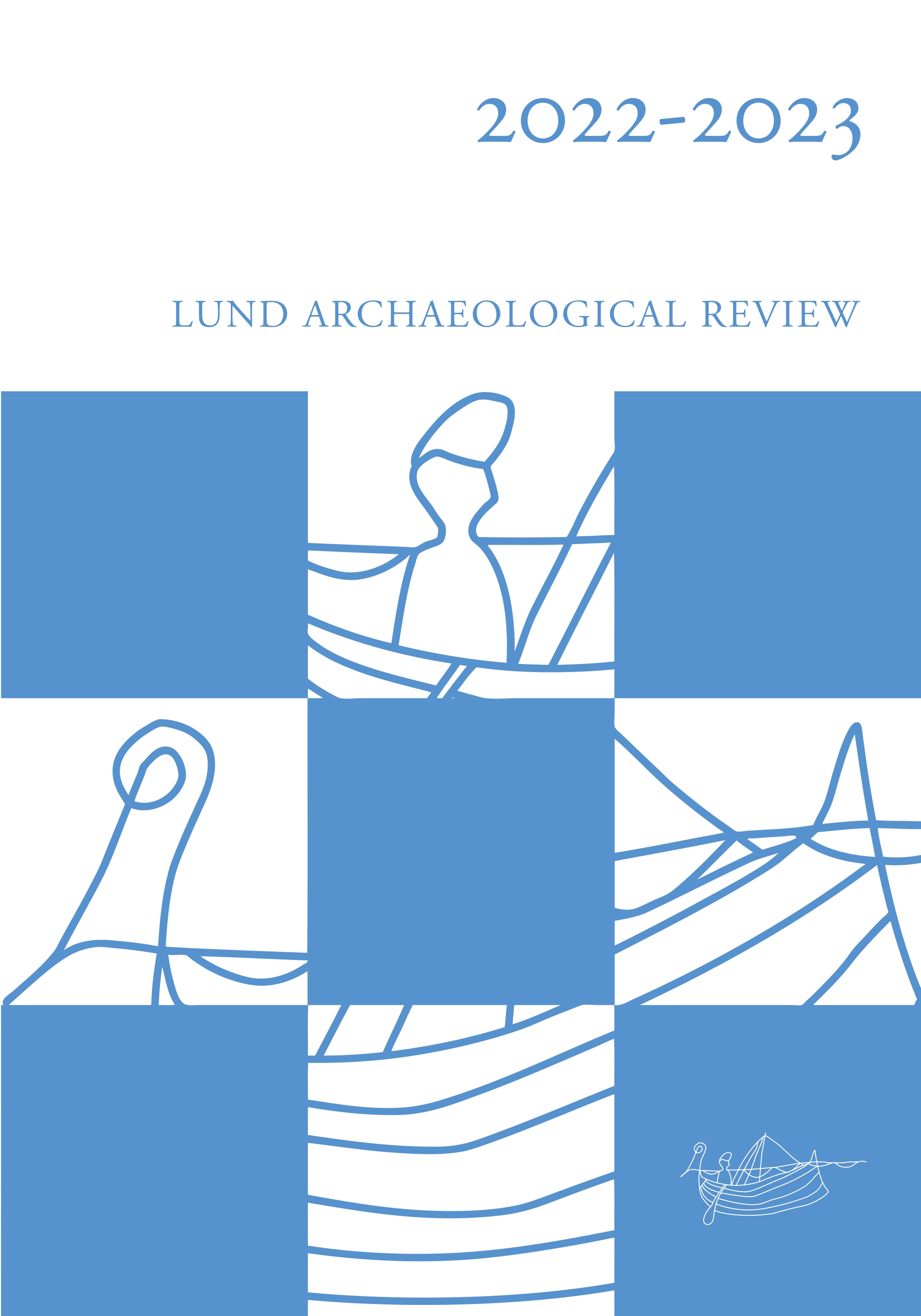Crucibles in context
Changes in bronze casting and metal use at the Bronze Age – Iron Age transition in southern Scandinavia
Abstract
Bronze casting in Late Bronze Age south Scandinavia was a widespread, varied and often spectacularly performative affair tied to significant rituals. Fragments of casting debris are found in many settlement and burial contexts. In contrast, remains of Pre-Roman Iron Age casting are sparse, despite many excavated settlements. This paper reviews casting debris and their find contexts, with a comparative view on the Late Bronze Age and the Pre-Roman Iron Age. The aim is to identify changes in craft organisation during this transformative period when many classic object types went out of use. Our results, together with previous research on casting technology, demonstrate changes in crucibles, in strategies for melting metal, and in the visibility and setting of casting events. While Late Bronze Age bronze artefact production entertained a variety of social institutions and settings, the Pre-Roman Iron Age bronze working was more concentrated to individual households. The discontinuity highlights the profound social changes of the Pre-Roman Iron Age.


